A further wild flower spectacle locally that I should have paid attention to before now is the annual spring profusion of Orchids at a BBOWT reserve on the Oxon / Bucks border. I have visited here in several previous years a little later in the season to observe Black Hairstreak and other butterflies, but to avoid trampling habitat have not strayed far from the edges of its famed wild flower meadows. The site is best known for thousands of Green-winged Orchid (see here), which though quite widespread nationally I had not observed before.
This is a “petite” (5 – 15 cm) Orchid of unimproved grasslands, occurring mainly on chalky soils. Once commonplace nationally in meadows and pastures, its historic range has halved in parallel with agricultural intensification since the mid-20th century. It is now one of the most rapidly declining British species away from sympathetically managed habitat. The name comes from green or bronze parallel veins in the hood of up to 25 helmet-shaped flowers that grow in a loose, linear bunch at the top of the single stalk. The inflorescence may be of various shades, mainly purple but ranging from pale pink, through mauve to blackish-purple. White forms are found occasionally. Although individually spaced this plant tends to grow in large colonies, such as here.


Green-winged Orchid
Most material published online cites May as the best time to visit, but prompted by a good response to the recent botanical posts herein I first decided to reconnoitre Bernwood Meadows (SP608109) on Easter Sunday morning 9th April. The habitat having undergone a pre-season mow I walked up and down in the centre of the main field where I had feared previously to tread. Save for a solitary Cuckoo Flower clump only Cowslips were coming into bloom, though the developing foliage of other wild plants was much in evidence.
Then I was surprised to locate an emergent Orchid which my Seek ID-app confirmed was Green-winged, but stomping around at random I found no others. The idea thus formed in my mind that if I re-visited at intervals through the rest of April and ahead of the peak flowering season, I might be able to gain close-up images of more early specimens without fear of damaging other wild flowers around them, and that I resolved to do.
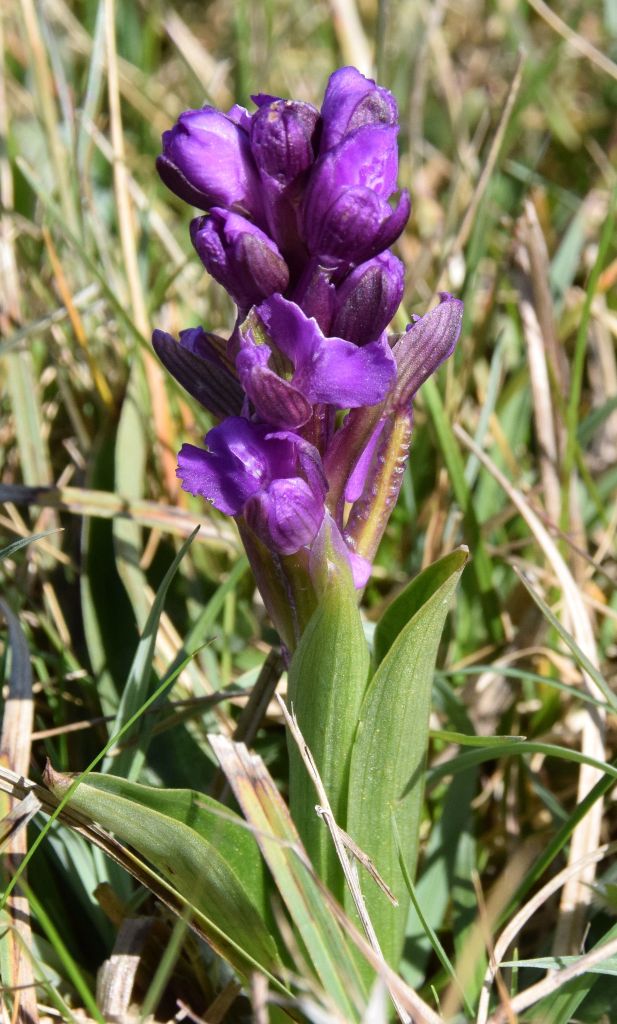
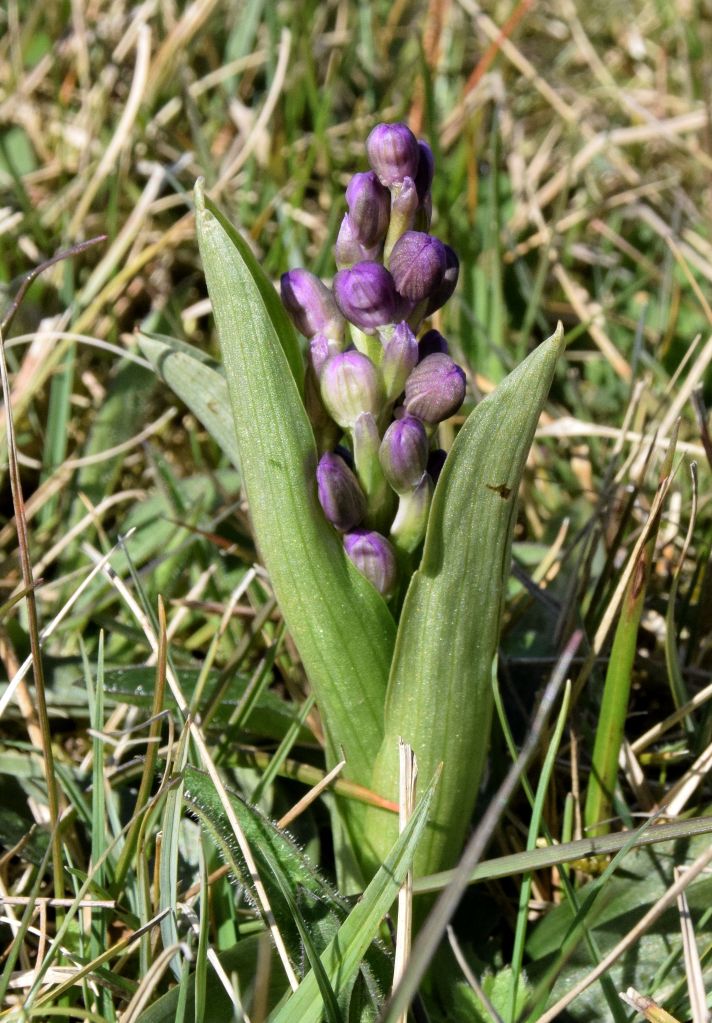
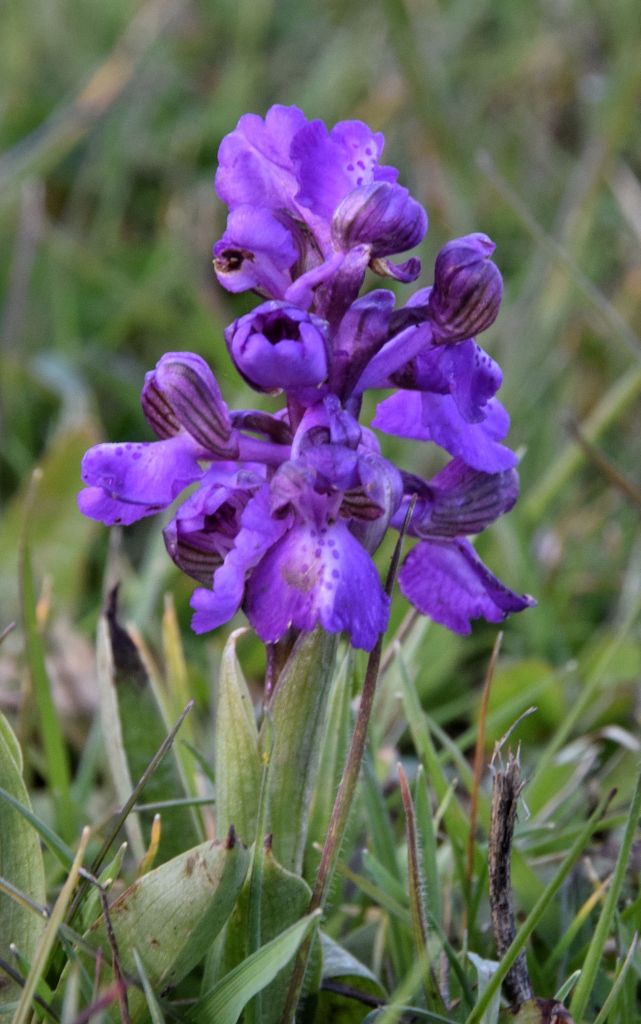
I next visited four days later in a sunny weather window on 13th and soon re-located that first GWO (above left). Then going about I found another emergent plant (centre). Walking away a dog walker called out there were more along that edge of the meadow and indeed I found two others, each in a further stage of flowering (right) than the previous one. The plan of familiarising myself with this Orchid and gaining pictures on the close cut sward was now progressing nicely.
After another four day interval there was a much greater choice of subjects and searching indiscriminately I noticed 28 specimens in overcast conditions. Things were starting to get going here now as I had expected. Most GWO were in their early stages of development and none were more than 8cm high. Those in the following sequence are the more presentable ones encountered on this third occasion.


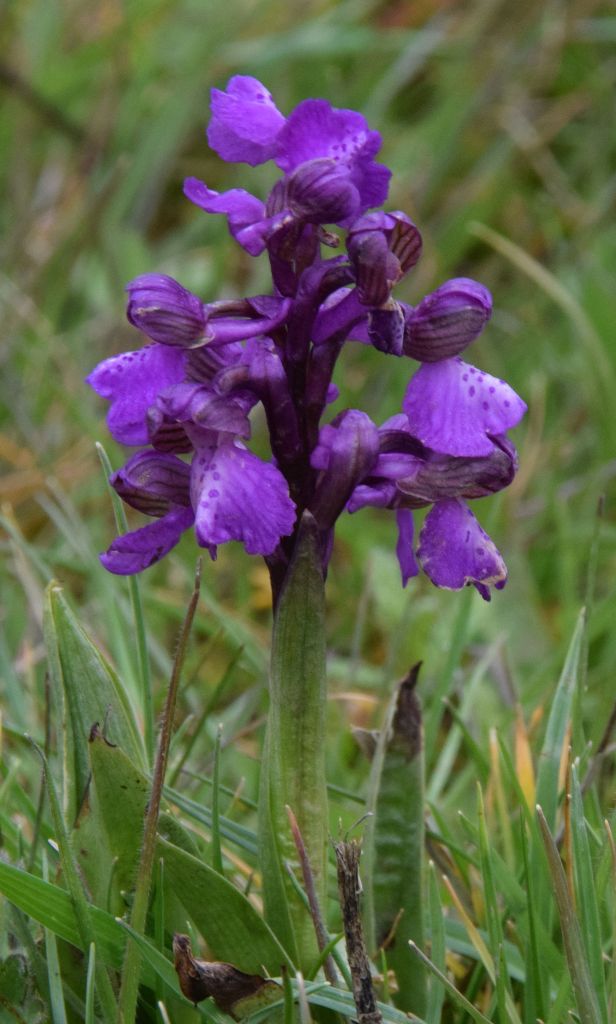
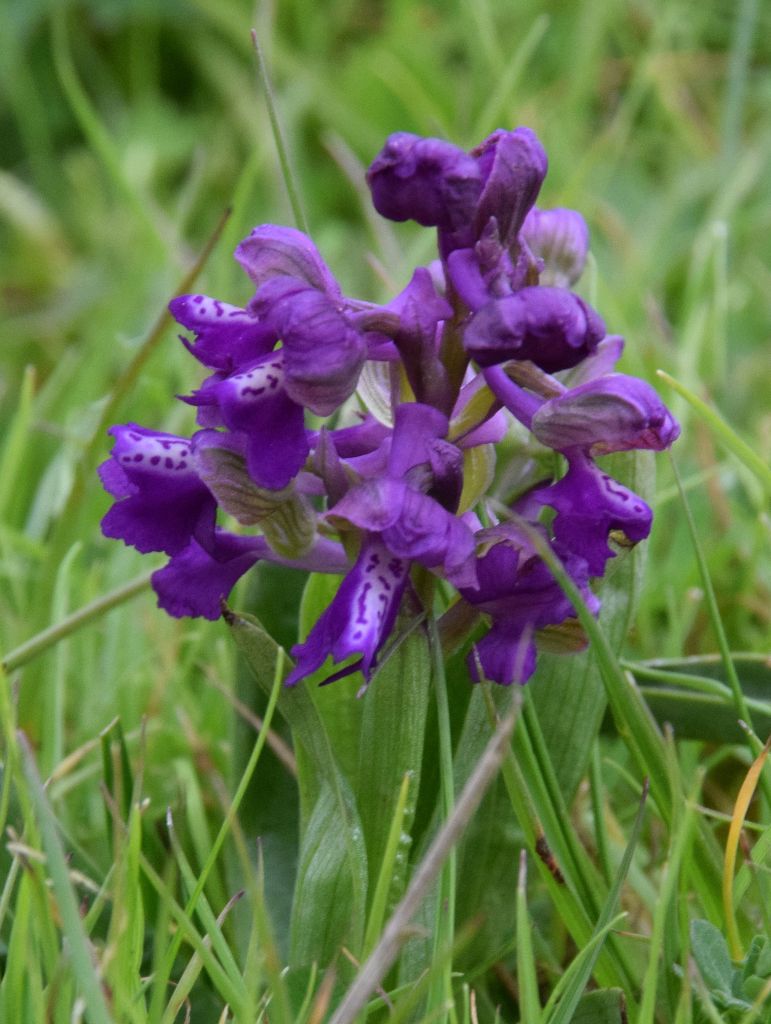

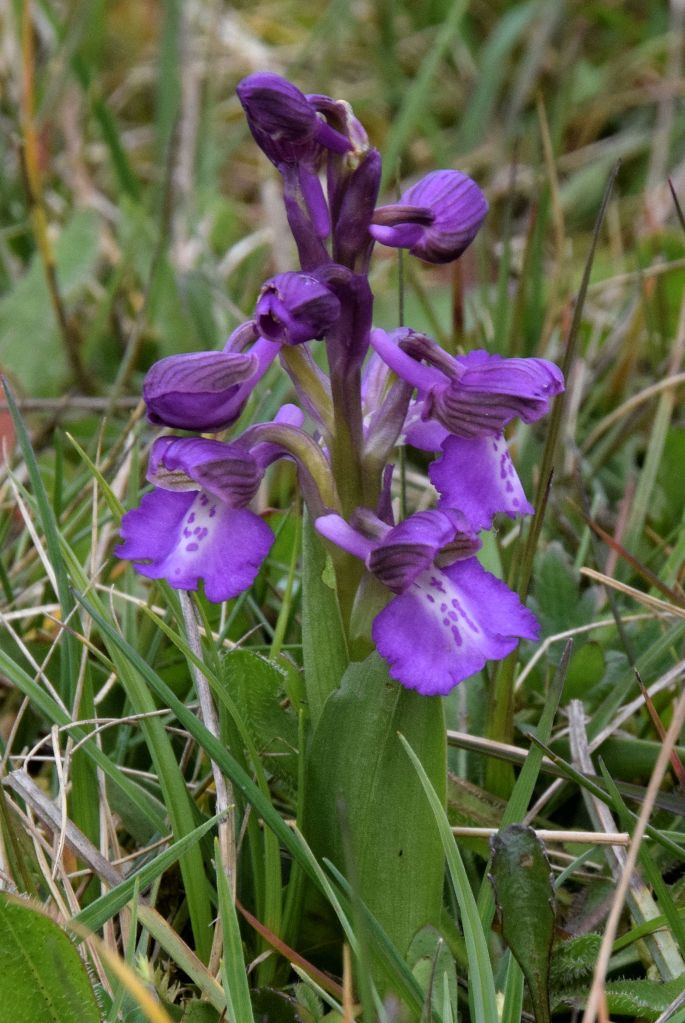
With these results my own education on one of the earlier flowering Orchids in any British season seemed complete. It now remains to appreciate the full spectacle of Bernwood Meadows as the numbers of blooming wild plants multiply many-fold in weeks to come. But with this first instalment of my Orchid self-tutorial having been so successful I decided to if possible repeat the exercise for another of the seasonal vanguards, the appropriately named and third commonest British species, Early Purple Orchid.
A still disappointingly dull weather day on 19th hence saw me surveying the local wildlife gem that is Sydlings Copse (SP 559096) just to the north of the city and close to RSPB Otmoor. But splendid as the intense little BBOWT reserve with its unusual combination of habitats proved to be, no Orchids were yet in bloom amongst the carpets of Cowslips, Violets, English Bluebells and other wild plants. So my conclusion is that Early Purple may not always be the species to herald a new season after all, and at least in the right place given such a wet spring as this Green-winged can begin to announce themselves first.
